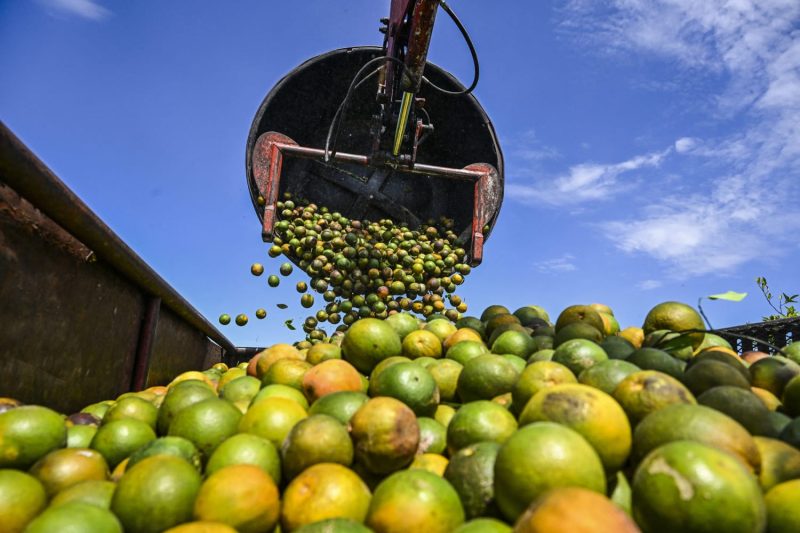Orange juice has long been a staple in many households as a popular breakfast beverage and a go-to choice for those seeking a refreshing pick-me-up throughout the day. However, the price of orange juice has been a topic of discussion among consumers, with many wondering why this beloved drink comes with a hefty price tag. Several factors contribute to the high costs associated with orange juice production, ranging from environmental challenges to economic factors.
One of the primary reasons behind the expense of orange juice is the volatile nature of the citrus industry. Orange trees are susceptible to various diseases and pests, such as citrus greening, which can significantly impact crop yields. In recent years, the citrus industry has faced challenges from climate change, which has led to unpredictable weather patterns and natural disasters that have further damaged orange crops. These factors contribute to fluctuations in orange production, resulting in decreased supply and increased prices.
Additionally, the production of orange juice involves a labor-intensive process that adds to its overall cost. Harvesting oranges is a manual process that requires skilled laborers to hand-pick the fruit, which is both time-consuming and labor-intensive. Furthermore, oranges must be transported to processing facilities quickly to ensure freshness, adding to the logistical expenses associated with orange juice production.
Furthermore, the cost of production is influenced by the technology and equipment required to process oranges into juice. Industrial-scale juicing facilities require sophisticated machinery to extract the juice from the fruit efficiently. These machines come at a high initial cost, as well as ongoing maintenance expenses to ensure optimal performance. The energy required to operate these facilities and the costs associated with packaging and distribution also contribute to the final price of orange juice.
Economic factors, such as supply and demand dynamics and market competition, also play a significant role in determining the price of orange juice. Fluctuations in global orange production can impact supply levels, leading to price increases when demand outweighs supply. Additionally, competition from other fruit juices and beverages in the market can influence pricing strategies, as orange juice producers strive to maintain profitability in a competitive industry.
In conclusion, the high cost of orange juice can be attributed to a combination of factors, including environmental challenges, labor-intensive production processes, technological requirements, and economic influences. While consumers may find the price of orange juice to be steep, it reflects the complexities involved in bringing this popular beverage from the orchard to the breakfast table. By understanding the underlying factors driving the cost of orange juice, consumers can gain a greater appreciation for the effort and resources required to produce this beloved drink.

